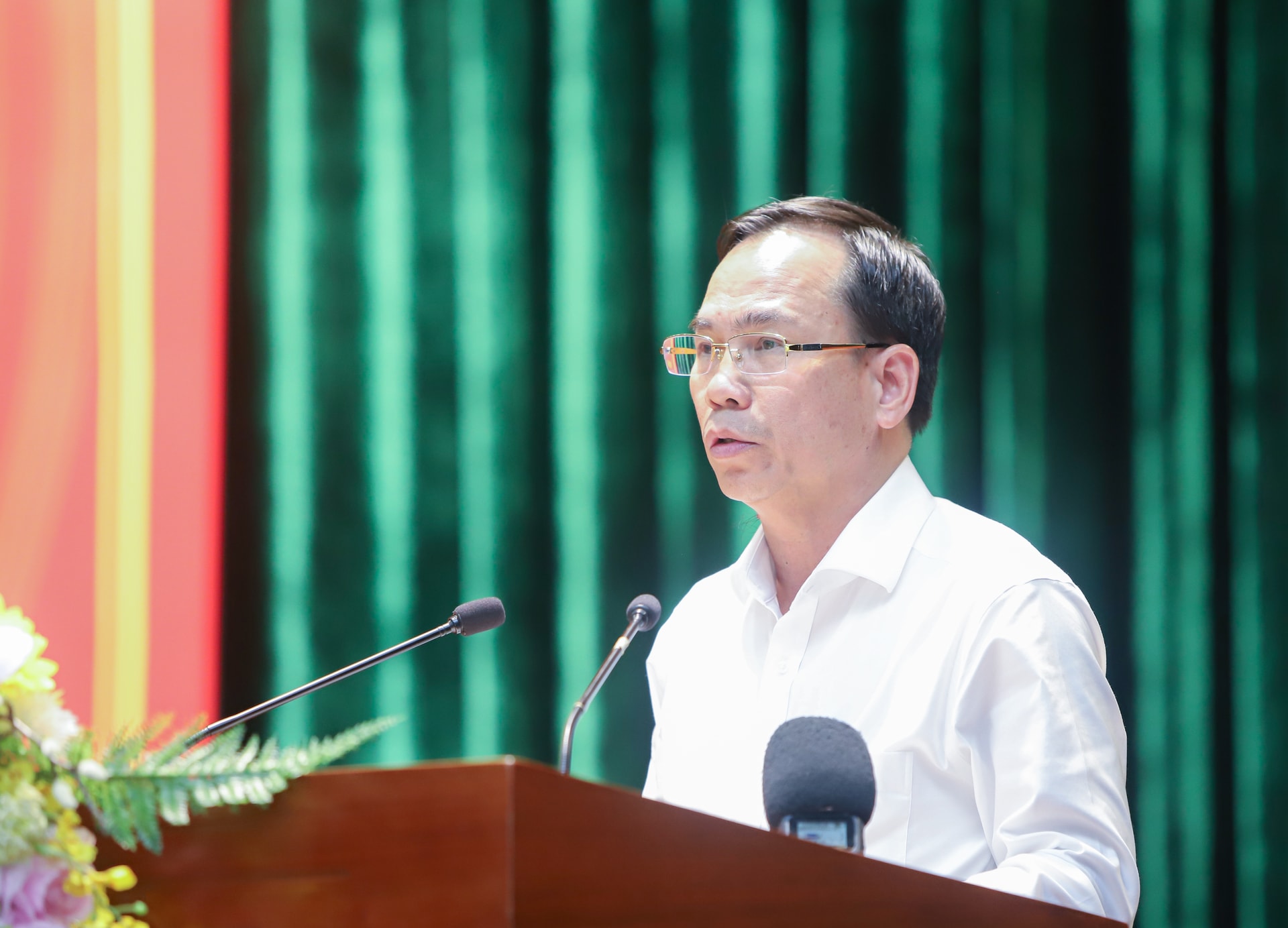
Positive changes in digital transformation in mountainous areas
The Director of the City Department of Science and Technology said that after the merger, Da Nang now has 35 mountainous communes, with nearly 20 ethnic minorities living there.
In recent years, with the attention of city leaders and the efforts of all levels and sectors, digital transformation work in ethnic minority and mountainous areas has had positive changes.
Basic telecommunications infrastructure is widespread, most of the villages and communes in the highlands have 4G mobile waves and fiber optic internet, creating a foundation for connection. The rate of people using smartphones is increasing.
The city has many programs and plans on digital transformation, focusing on "leaving no one behind", including ethnic minorities.
The formation of "Community Digital Technology Teams" has initially played the role of an extended arm, directly supporting and guiding people in installing and using basic digital applications.
Some models of applying science and technology to agricultural production, planting and processing medicinal herbs have brought initial economic efficiency, especially developing Ngoc Linh ginseng root varieties, planning stable raw material areas and building production chains with enterprises.
However, the process of improving science and technology and popularizing digital services for ethnic minorities and mountainous areas still faces many major barriers, such as: people's digital capacity is limited; infrastructure quality is uneven, some remote areas, rugged terrain have weak and unstable networks; many areas have low and white waves, greatly affecting the experience and efficiency of use; the application of science and technology is still fragmented, spontaneous, small-scale, and lacks connections, and has not created a breakthrough in productivity, quality and added value for local products.
In addition, the monthly cost of maintaining digital services remains a burden for low-income households; the proportion of ethnic minority households with smartphones, computers, and technological equipment for production is still very low. Current digital applications and platforms are mainly designed according to the mindset of urban users, lacking language and cultural customization to suit the characteristics of the people.
Complete a solid digital infrastructure, ensuring "no more gaps"
To shorten the digital transformation gap between ethnic minority and mountainous areas and urban areas, Mr. Nguyen Thanh Hong said that Da Nang city issued Plan No. 152/KH-UBND dated June 6, 2025 on implementing Resolution No. 71/NQ-CP dated April 1, 2025 of the Government amending, supplementing and updating the Government's Action Program to implement Resolution No. 57-NQ/TW dated December 22, 2024 of the Politburo on breakthroughs in science and technology development, innovation and national digital transformation; Plan No. 80/KH-UBND dated September 9, 2025 on developing digital infrastructure in Da Nang city in the period of 2025 - 2030. Accordingly, it orients the development of science, technology and digital transformation for Da Nang city.
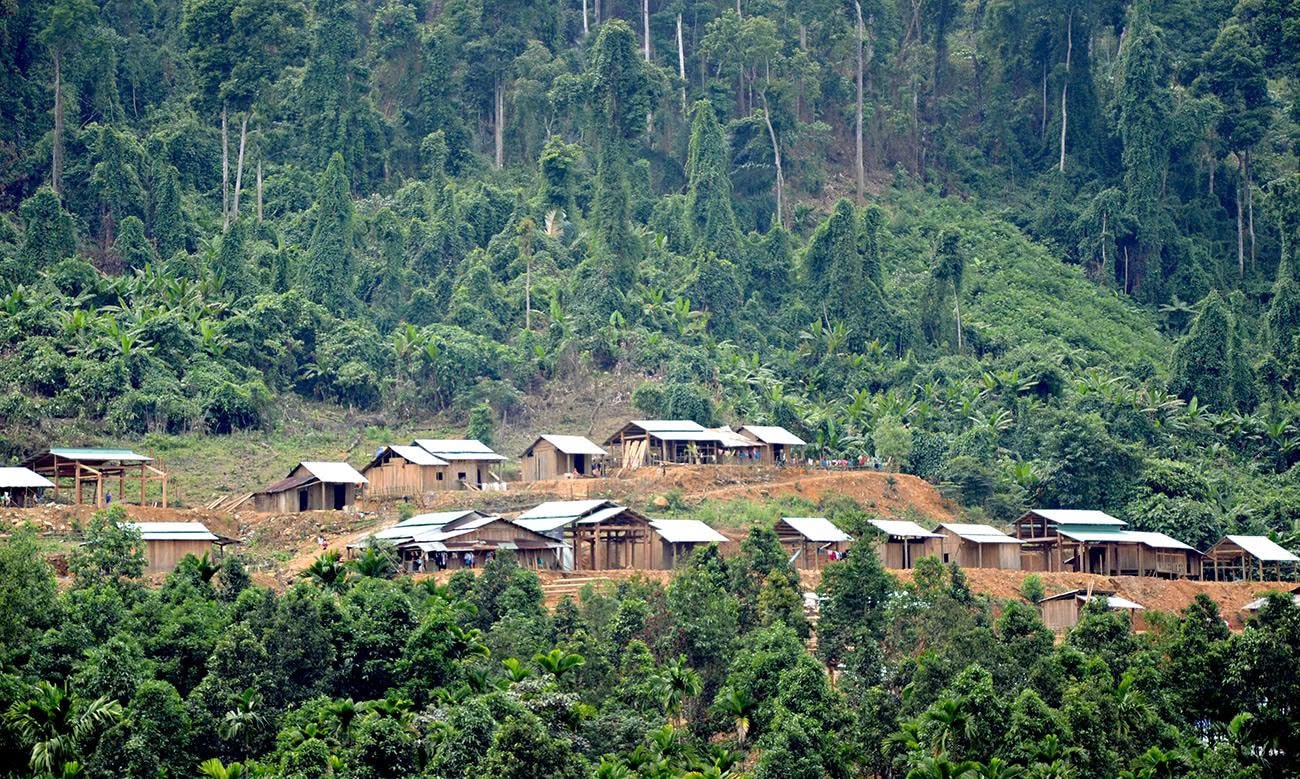
For communes, ethnic minorities, and mountainous areas, the goal is that by 2030, 100% of households will have access to broadband fiber optic internet; 5G coverage will be available in central mountainous communes and community tourism spots.
Over 80% of people of working age are trained in basic digital skills; effective and sustainable models of science and technology application are formed in key areas such as agriculture, medicinal herbs, and tourism.
Over 70% of people use online public services; strongly promote e-commerce activities for local products and digital tourism.
To achieve the above goals, the Department of Science and Technology has proposed key groups of solutions. Among them, completing a solid digital infrastructure, ensuring "no more gaps".
The city has mechanisms and policies to support and encourage telecommunications businesses to invest in upgrading broadcasting stations and fiber optic cables in areas with weak, low, or white signals.
Develop a community wifi network by building free high-speed wifi spots at cultural houses, community centers, schools, medical stations and researching preferential internet and mobile data packages specifically for poor and near-poor households in ethnic minority and mountainous areas.
Along with that, improve the capacity and digital culture for the community; standardize and improve the effectiveness of the "Community Digital Technology Team and Project 06" with periodic training and coaching programs, provide documents, tools and have appropriate support regimes; open digital skills training classes that are flexible in time and location with practical content; strengthen the curriculum on computer science and safe digital skills for students.
In addition, promote the application of science and technology and develop a "tailor-made" digital platform. In particular, apply science and technology to smart agriculture such as supporting the implementation of automatic sensor irrigation models (IoT), using drones to monitor crops and pests; build a product traceability system (QR code, Blockchain) to enhance value and trust for consumers; promote e-commerce for OCOP products; build digital tourism maps, check-in points with QR codes; apply virtual reality technology (VR/AR), 3D to recreate and promote cultural spaces and traditional festivals.
At the same time, focus on perfecting policy mechanisms and mobilizing resources, especially specific policies to support and encourage enterprises and cooperatives to invest, transfer and apply science and technology in production in mountainous areas; increase calls for large technology enterprises to support technology, experts and funding for particularly difficult communes; and promote communication.
Source: https://baodanang.vn/den-nam-2030-da-nang-dat-muc-tieu-100-ho-dong-bao-dan-toc-thieu-so-mien-nui-tiep-can-internet-3305948.html










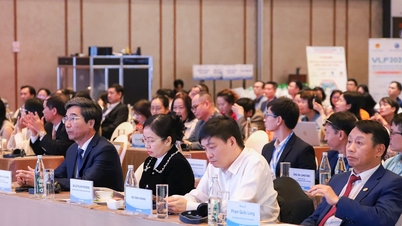
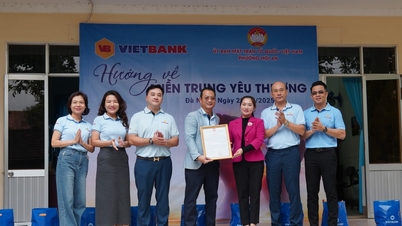
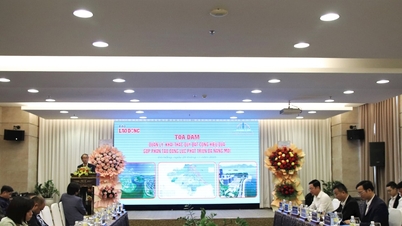
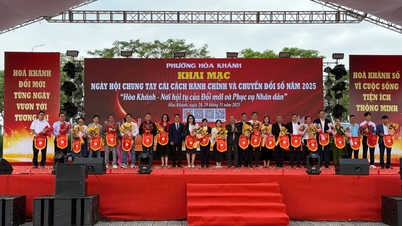

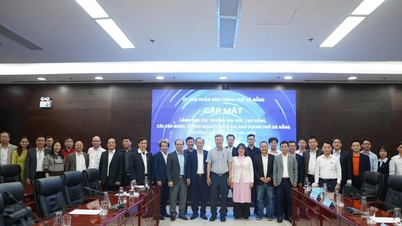

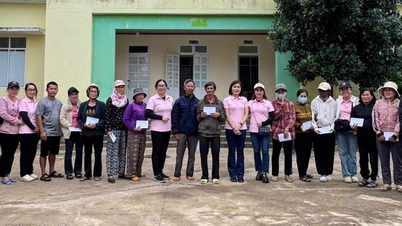

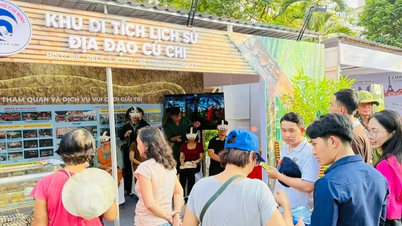



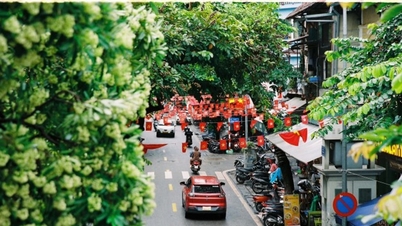
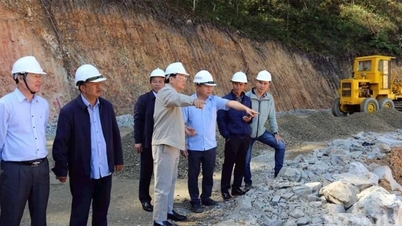




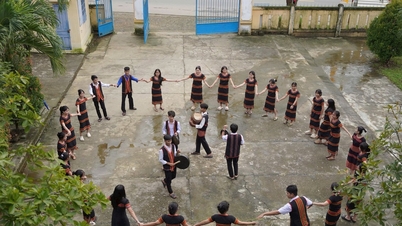
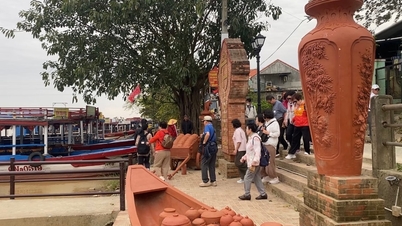
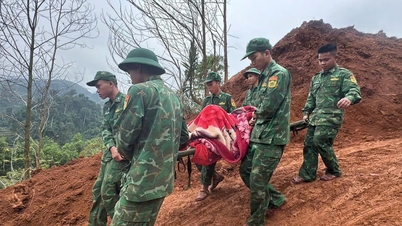
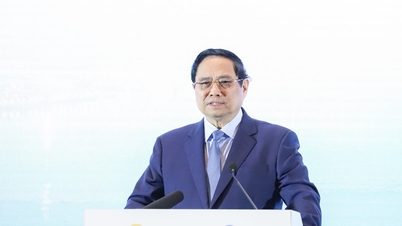
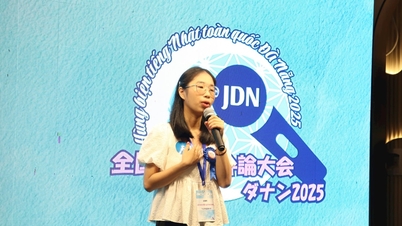





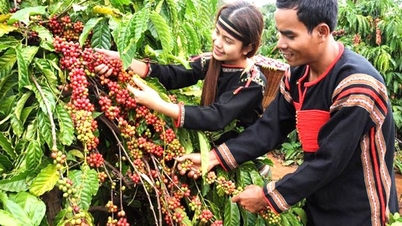

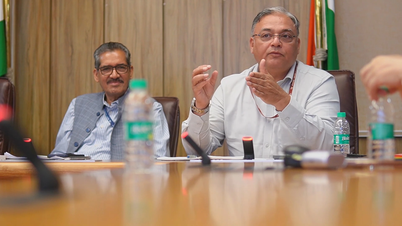

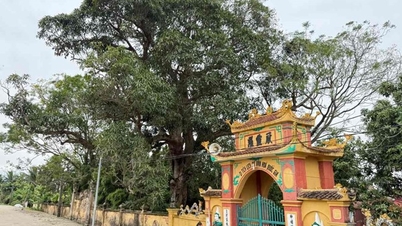

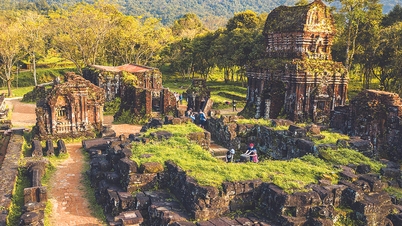

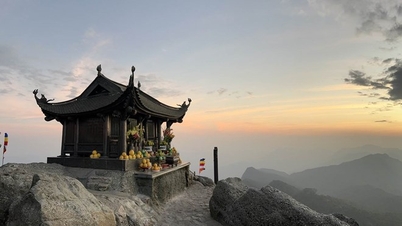
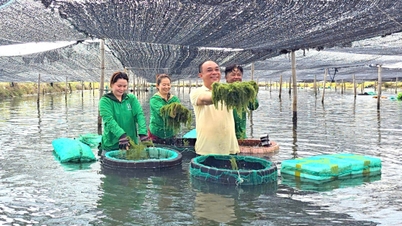



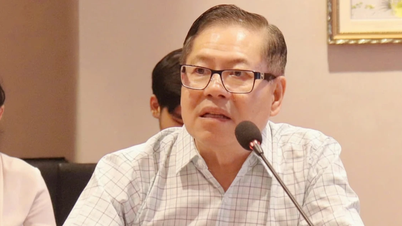
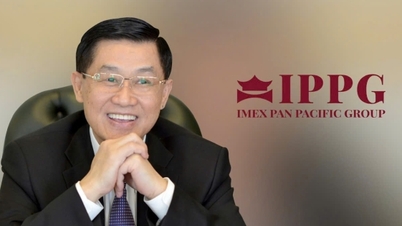

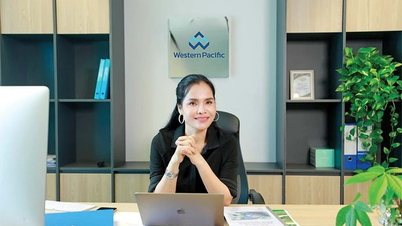

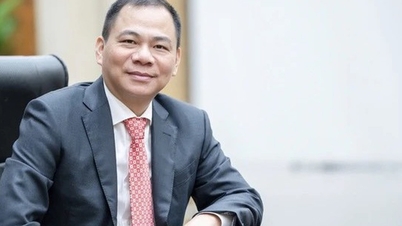






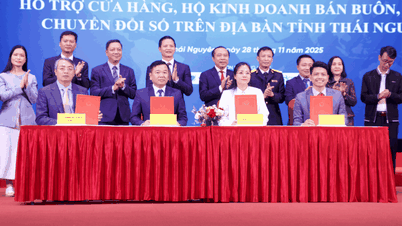







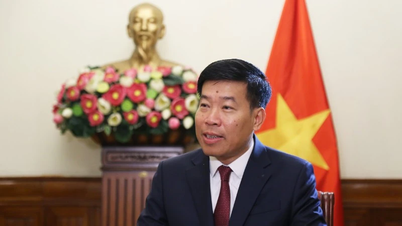
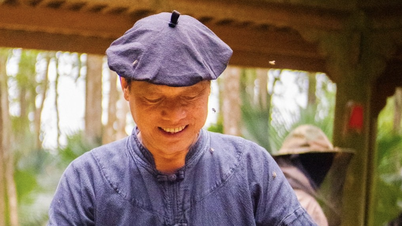



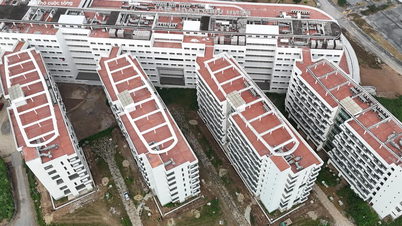

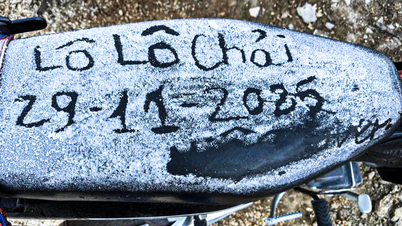


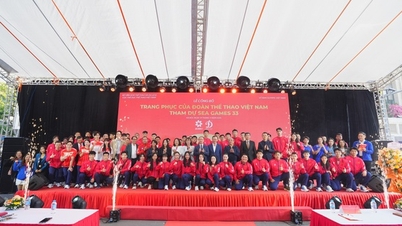

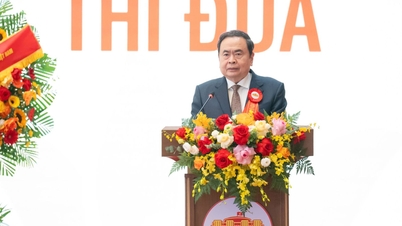


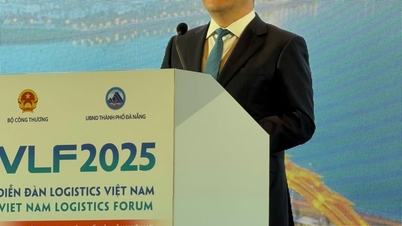
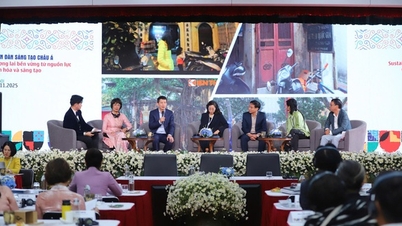
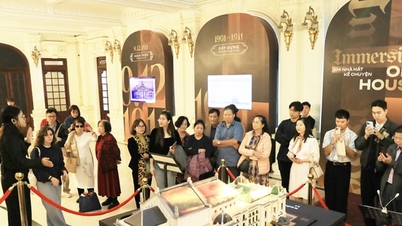

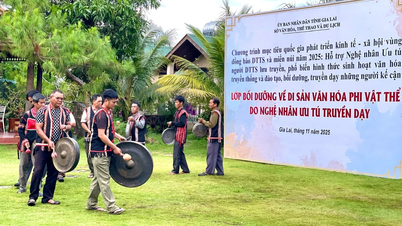

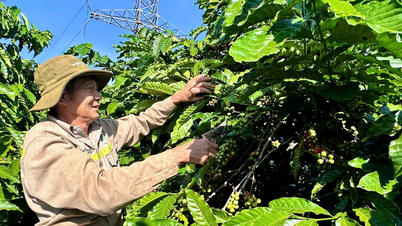
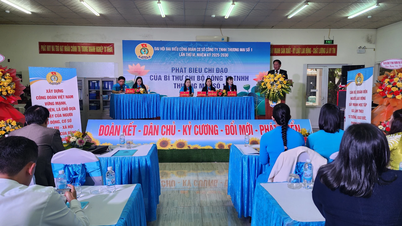











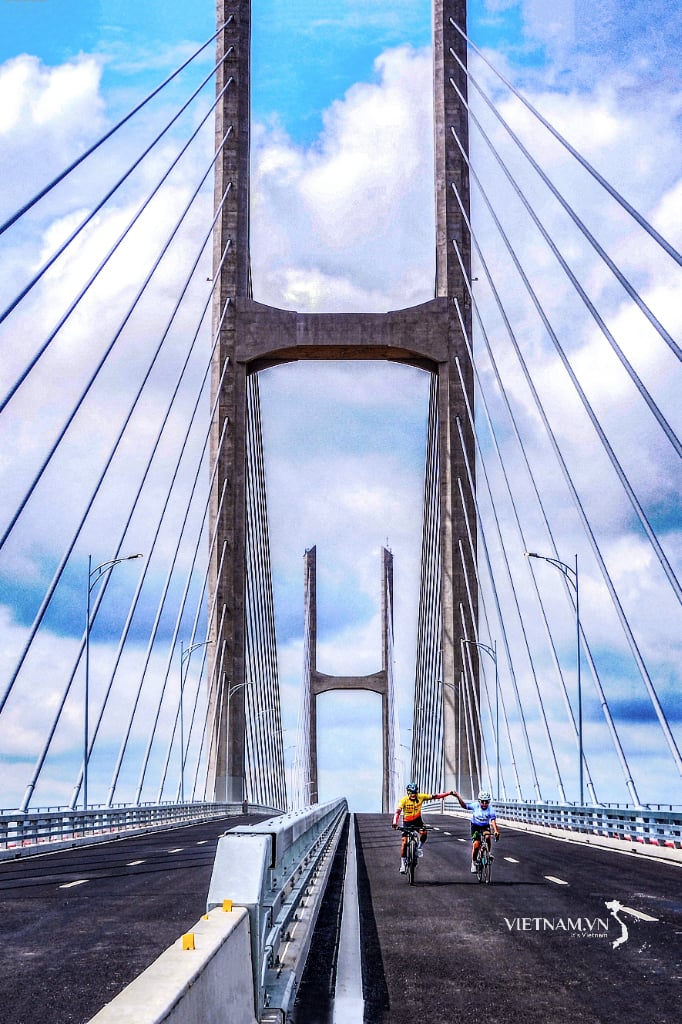



Comment (0)